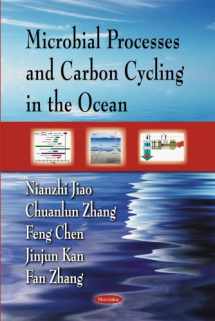
Microbial Processes and Carbon Cycling in the Ocean
Book details
Summary
Description
This book discusses recent progress in microbial oceanography with emphasis on microbial processes and mechanisms related to carbon cycling in the ocean, including the newly recognised microbial light utilisation in the surface ocean, archaeal carbon fixation and methane oxidation in the deep ocean and sediment, as well as lysis of host organisms by viroplankton and its influence on carbon cycling in the water column. The key functional groups of microorganisms include: Prochlorococcus which possess unique photosynthesis pigments, the divinyl chlrophylls; Aerobic anoxygenic phototrophic bacteria (AAPB) which possess bacterial chlorophyll a; Rhodopsin containing proteobacteria (PR); Nonthermophilic crenarchaeota, which use ammonia as a major energy source for autotrophic growth; and, the ANME groups of archaea which oxidize methane for energy. Recent findings have challenged to the conventional concepts and theories. To face these challenges the authors propose novel models based on an understanding of newly discovered microbial processes. For carbon cycling in the surface ocean, a conceptual model is proposed based on light bio-utilisation where bacteriochlorophyll a induced anoxygenic phototrophy and proteiorhodopsin based proton pump are included.


We would LOVE it if you could help us and other readers by reviewing the book
Book review



